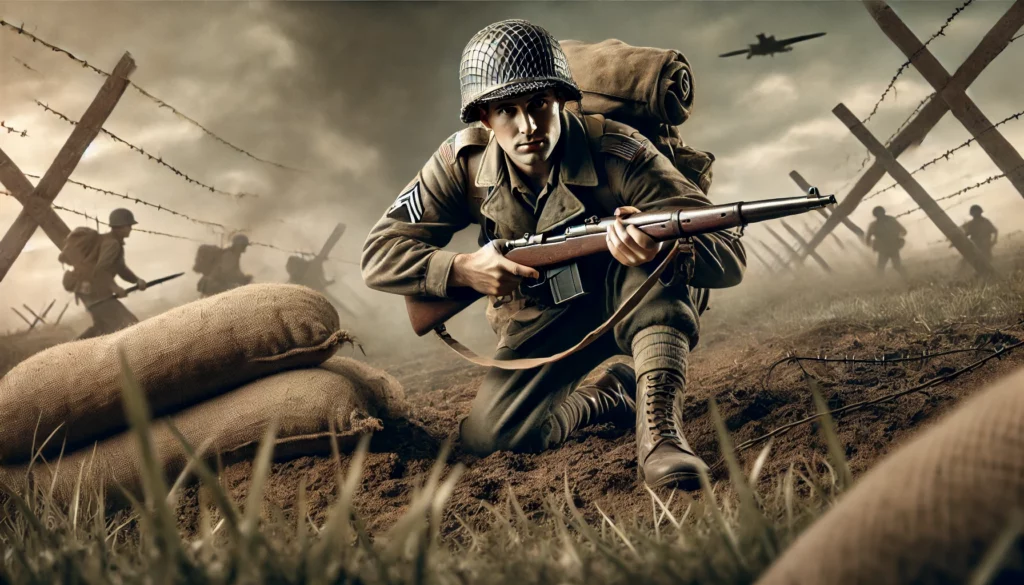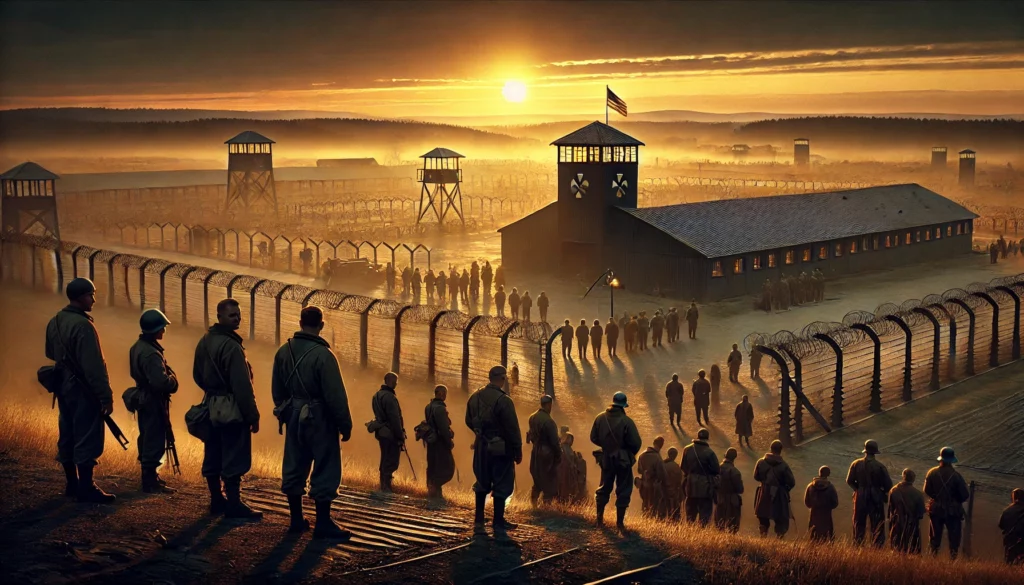Background
During World War II, the Nazis established numerous prisoner-of-war (POW) camps to detain captured Allied soldiers. Stalag Luft III, located in Sagan (now Żagań, Poland), was one such camp. Operated by the Luftwaffe, it housed captured airmen from the British Commonwealth, the United States, and other Allied nations. Known for its high-security measures, Stalag Luft III was believed to be escape-proof. However, in 1944, it became the site of one of the most daring mass escapes in history.
The Escape Plan
The escape plan, orchestrated by Royal Air Force Squadron Leader Roger Bushell, was ambitious and complex. Bushell, known by his code name “Big X,” devised a plan to tunnel out of the camp and facilitate the escape of 200 prisoners. The plan involved digging three tunnels, codenamed “Tom,” “Dick,” and “Harry.” The rationale behind the three tunnels was to increase the chances of success if one or two were discovered.
The tunnels were to be 30 feet deep and over 300 feet long, equipped with lighting, ventilation, and rail tracks to move the excavated soil. The prisoners used ingenious methods to conceal their activities, including disposing of the soil by spreading it in the camp’s gardens and hiding tunnel entrances under stoves and washrooms.
The Execution

On the night of March 24, 1944, the escape commenced. Despite numerous challenges, including air raids and tunnel collapses, 76 men managed to crawl through the tunnel “Harry” and emerge outside the camp’s perimeter. The meticulously planned escape, however, did not go entirely as expected. The tunnel exit emerged short of the nearby woods, leaving the escapees exposed. Nevertheless, they pressed on, dispersing into the surrounding countryside with forged documents and civilian clothes.
The Aftermath
The aftermath of the escape was brutal. The German authorities launched an extensive manhunt, involving thousands of soldiers, police, and civilians. Within two weeks, 73 of the 76 escapees were recaptured. Adolf Hitler, infuriated by the escape, ordered the execution of 50 of the recaptured men as a deterrent to future escape attempts. This act was a blatant violation of the Geneva Convention and a war crime.
Only three escapees successfully reached safety: two Norwegians, Per Bergsland and Jens Müller, made it to Sweden, and a Dutchman, Bram van der Stok, reached Gibraltar via Spain. The remaining prisoners faced severe reprisals and increased security measures.
Legacy
The Great Escape became legendary, symbolizing the courage, ingenuity, and resilience of the Allied POWs. The story was immortalized in Paul Brickhill’s 1950 book “The Great Escape,” which was later adapted into the 1963 film of the same name, starring Steve McQueen, James Garner, and Richard Attenborough. The film, although dramatized, brought international attention to the real-life heroism of the escapees.
Conclusion

The Great Escape of 1944 stands as one of the most remarkable episodes of World War II. It exemplifies the indomitable spirit of those who risked their lives for freedom and justice. The bravery and sacrifice of the escapees continue to inspire and remind us of the human capacity for hope and perseverance in the face of overwhelming adversity.